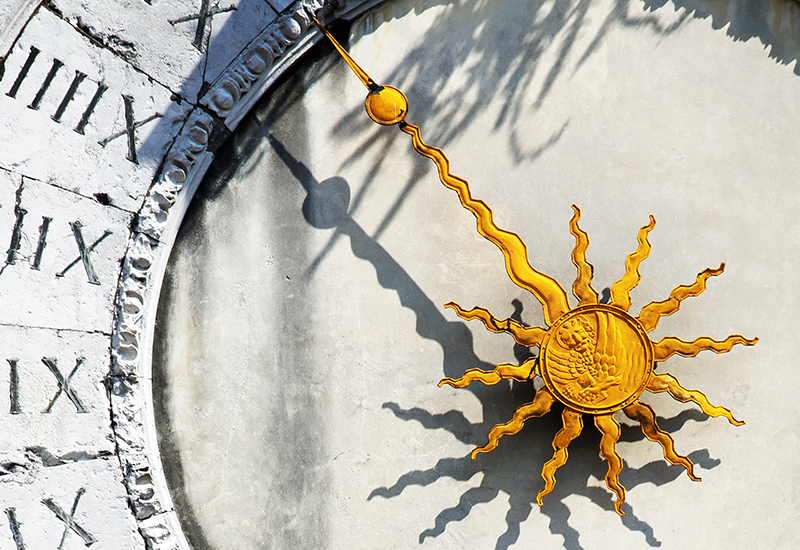This year is a leap year, which means we have an additional day in February – in fact there are 29 days this month instead of the usual 28, with 29February being known as a leap day. Have you ever wondered why that is?
To understand the leap year phenomena, we need to accept that the Earth does not take exactly 24 hours to spin around its axis and does not take exactly 365 24-hour days to orbit the Sun. Over time, this anomaly needs to be corrected with adjustments to the calendar. These adjustments are necessary to avoid our existing seasons becoming out of sync. If we were to ignore it, over time, the weather that we expect in summer would come in winter and vice versa.
Earth completes its orbit around the sun in approximately 365.25 days, leaving 0.25 days or six hours on the typical 365-day calendar year, referred to as a common year. Every four years, 24 hours have been accrued, so a full day is added to February. Again, this 0.25 of a day is also approximate, meaning that this, too, must be adjusted over time. Most of us believe a leap year occurs every four years, but this is not strictly true. Every so many years, we skip a leap year. The next time this will happen will be in the Year 2100.
Julius Caesar established the Julian calendar in 46 BC, which was a lunar calendar.. Although Caesar’s calendar used leap years, over centuries it proved flawed and so it was finally updated in 1582 with the introduction of the Gregorian calendar. Named after Pope Gregory XIII, this solar calendar was introduced to all Catholic kingdoms. Solar calendars are based on the Earth’s rotation around the sun in a year, respecting the four seasons but disregarding the monthly moon phases. In order to correct the accrued days caused by the previous calendar, ten days were “removed” from October.
Worldwide, only Ethiopia, Nepal, Iran and Afghanistan still use different calendars and are currently not in the year 2024. Most nations have adopted the Gregorian calendar, although some use a modified version and others use it alongside another calendar. Nonetheless, many nations and religions still use lunar calendars to determine religious festivals, occasions and holidays, Easter being one example.
Why is it called a “leap” year?
During regular years, your birthday will progress along the weekdays as the years pass. If your birthday is on a Monday one year, it will fall on a Tuesday the following year. However, in leap years, it will jump or leap one weekday ahead (although this is not applicable to January and February before the extra day is added).
By the way … leaplings, or people born on 29 February, are extraordinary people who do not age like the rest of us and stay young for much longer. The downside is that they only get birthday presentss every four years!













